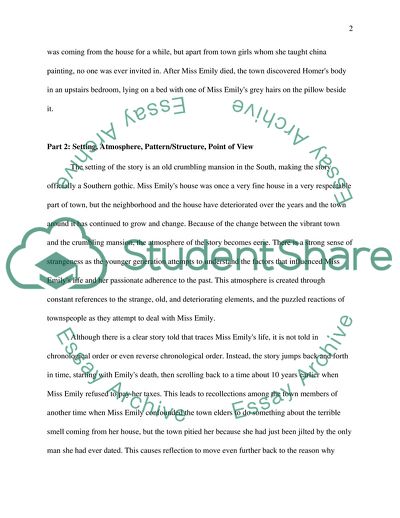Cite this document
(William Faulkner's A Rose for Emily Book Report/Review, n.d.)
William Faulkner's A Rose for Emily Book Report/Review. https://studentshare.org/literature/1777840-analysis-a-rose-for-emily-by-william-faulkner
William Faulkner's A Rose for Emily Book Report/Review. https://studentshare.org/literature/1777840-analysis-a-rose-for-emily-by-william-faulkner
(William Faulkner'S A Rose for Emily Book Report/Review)
William Faulkner'S A Rose for Emily Book Report/Review. https://studentshare.org/literature/1777840-analysis-a-rose-for-emily-by-william-faulkner.
William Faulkner'S A Rose for Emily Book Report/Review. https://studentshare.org/literature/1777840-analysis-a-rose-for-emily-by-william-faulkner.
“William Faulkner'S A Rose for Emily Book Report/Review”. https://studentshare.org/literature/1777840-analysis-a-rose-for-emily-by-william-faulkner.


